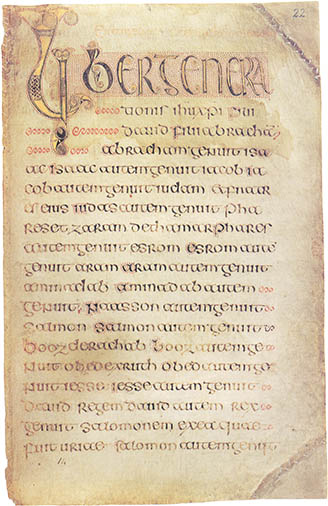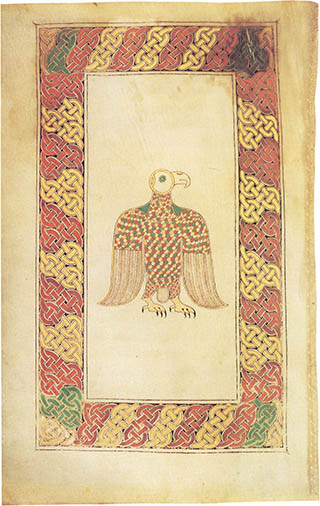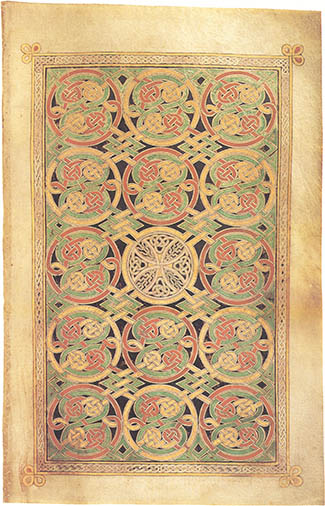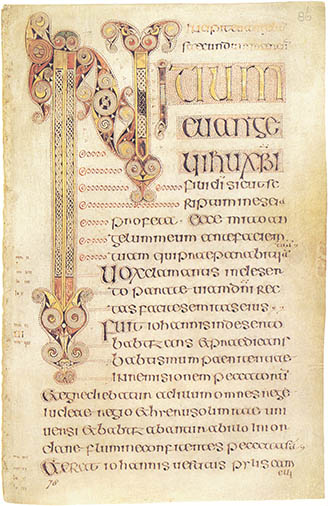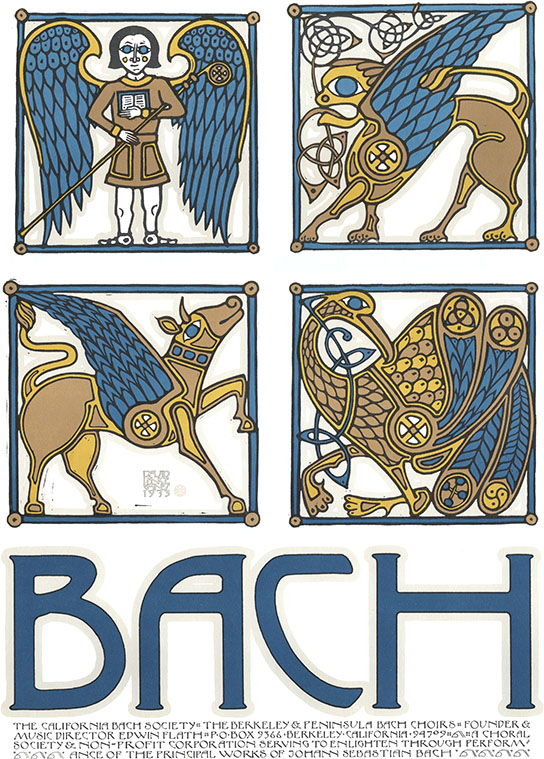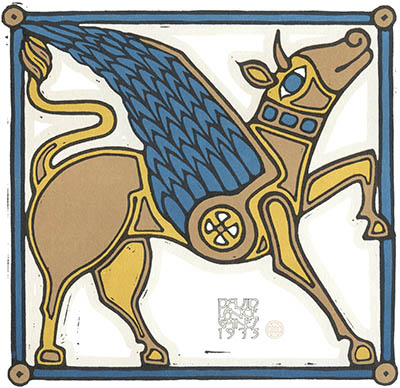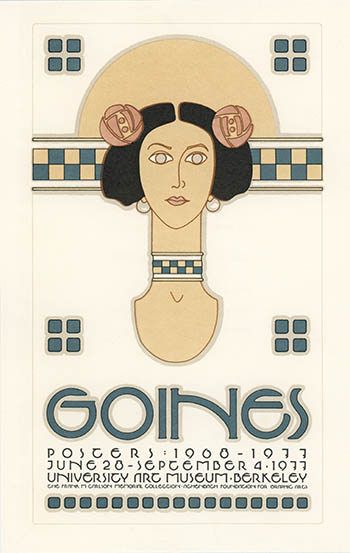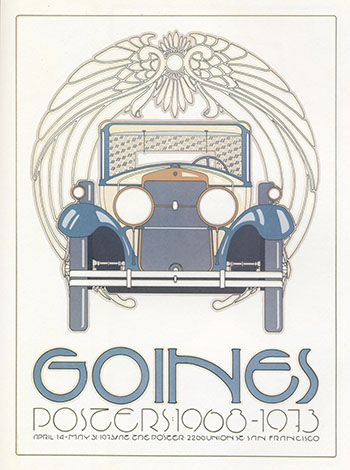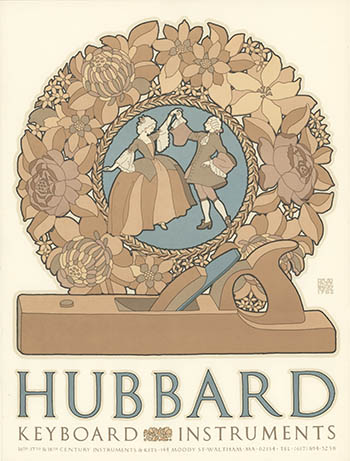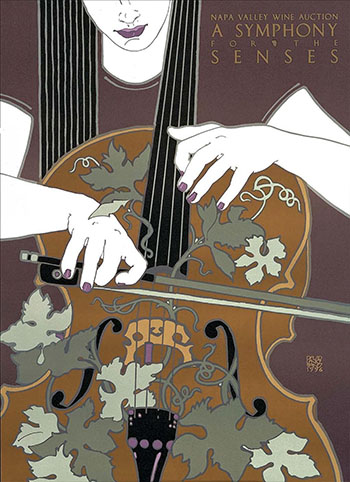The image at top is from the title page of its first edition (Cádiz: Imprenta Real, 1812).
The Constitution of Cadiz and its immediate predecessor, the Constitution of Bayona, emerged from the political and social crises of
the Napoleonic wars. Napoleon Bonaparte invaded Spain in 1808 and
replaced the Bourbon monarch Fernando VII with his brother Joseph.
The Constitution of Cadiz is often considered the first liberal constitutions in Europe and in America (and). This document, consisting of 384
articles in about forty pages of text, established sovereignty in the
nation and not in the king. The Roman Catholic religion received
substantial preference under the Constitution, and the practice of other
religions was prohibited. The text included provisions that evinced a
liberal bias: representative elections at multiple levels of government,
restrictions on the power of the king, rights to property, and rights
for the criminally accused. Because the Constitution was drafted by
deputies representing not only peninsular Spain but also the American
provinces, it was the first truly transatlantic constitution.

Alvaro Flórez Estrada’s Constitución para la nación española (Birmingham: Swinney y Ferrall, 1810) is a proposed draft of a new
constitution by one of Spain’s leading liberals. Flórez Estrada
published his proposed draft of a new constitution while in England.

This proposed draft of the Constitution of Cádiz
was published in Mexico City, a reminder of its transatlantic reach.
Many of the delegates to the Cortes that ratified the constitution were
from Latin America.

An 1836 Alicante edition of the Constitution of Cádiz,
extremely rare, bears the bookplate of María Cristina de Borbón, Queen
consort of Fernando VII, and regent for her infant daughter Isabella II.

The frontispiece of the Constitution of 1837 (Madrid: Imprenta Nacional, 1837)
bears an allegorical portrait of María Cristina de Borbón, depicting
her as “the Restorer of Spanish Liberty”. Her regency set off the
Carlist Wars, and when her re-marriage to an ex-sergeant in her guard
came to light, the scandalized Spanish exiled her to France.
Yale University in USA has been collecting and acquiring Spanish Constitutions (I copy links to Cadiz versions, but they have also Bayona versions) during last years, they have an amazing collection:
- Flórez Estrada, Alvaro, 1766-1853. Constitución para la nación española: presentada a S.M. la Junta Suprema Guvernativa de España è Indias en 1 de noviembre de 1809. Birmingham: Impresores, Swinney y Ferrall de Birmingham, 1810. [2], iv, 82 pages ; 21 cm.
- Spain. Comisión de Constitución, 1811-1813. Proyecto de constitucion política de la Monarquía Española presentado a las Córtes generales y extraordinarias por su Comision de constitucion. México: M.A. Valdes, impresor de Cámara de S.M., 1811. 60 pages ; 21 cm.
- Spain. Comisión de Constitución, 1811-1813. Proyecto de constitucion politica de la Monarquia Española presentado a las Cortes generales y extraordinarias por su Comision de Constitucion. Cádiz: Imprenta Real, 1811. 56 pages ; 20 cm. [With] Continuacion del proyecto de constitucion politica de la Monarquia Española. Cadiz: Imprenta Real, 1811.
- Spain. Constitución política de la Monarquía Española promulgada en Cádiz á 19 de marzo de 1812. Cádiz: Imprenta real, 1812. 120 pages ; 15 cm. [With] Discurso preliminar leido en las cortes al presentar la Comisión de Constitución el proyecto de ella. Cadiz: Imprenta Tormentaria, 1812.
- Spain. Constitución política de la Monarquía Española promulgada en Cádiz á 19 de marzo de 1812. Cádiz: Dicho año, en la Imprenta Real, [1812]. 52, [8] pages ; 28 cm. Signed at end: “Ignacio de la Pezuela.”
- Spain. Constitución política de la Monarquía Española promulgada en Cádiz á 19 de marzo de 1812. Cádiz: Dicho año, En la Imprenta Real, y reimpresa en la Imprinta Real de Madrid de Orden Superior en el mismo año, 1812. [2], 52, [6] pages ; 29 cm. Preliminary page and text signed in type: “Ignacio de la Pezuela.”
- Spain. Constitución política de la Monarquía Española promulgada en Cádiz á 19 de marzo de 1812. Reimpresa de orden superior. Madrid: En la Imprenta Real de Madrid, en el mismo año, [1812]. 120, [2] pages ; 15 cm.
- Flórez Estrada, Alvaro, 1766-1853. Constitución política de la nación española por lo tocante á la parte militar. Cadiz: Imprenta Tormentaria, 1813. xxxi, 170, [1] pages ; 15 cm.
- Spain. Constitución política de la Monarquía Española promulgada en Cádiz á 19 de marzo de 1812. Madrid: En la Imprenta Nacional de Madrid, año de 1813. 120, [2] pages ; 16 cm.
- Spain. Constitution politique de la monarchie espagnole, promulguée à Cadix, le 19 de mars 1812. Paris: Chez les Marchands de nouveautés, 1814. [2], 72 pages ; 21 cm. “Traduit de l’espagnol, par P. de Lasteyrie.” Library’s copy includes two bookplates: (1) Victor et fidelis; (2) Ex-libris Marcel Dunan.
- Discurso preliminar á la constitución de la Monarquía Española. Barcelona: En la imprenta de Piferrer, Plaza del Ángel, año 1820. 112 pages ; 16 cm. [With] Constitución política de la Monarquía Española, promulgada en Cádiz á 19 de marzo de 1812. Barcelona: Piferrer, 1820. [With] Catecismo político arreglado á la Constitución de la Monarquía Española. Barcelona: Piferrer, 1820. Library’s copy has stamp on title page: “José T. Girbau Berenguer, abogado”. *NO COPIES IN OCLC*
- Spain. Constitución política de la Monarquia Española promulgada en Cádiz á 19 de Marzo de 1812 / grabada y dedicada a las Cortes por Dn. José María de Santiago. Madrid: [publisher not identified], año de 1822. [4], 145, [3] pages : illustrations ; 12 cm. *NO US COPIES*
- Reflexiones sobre la Constitución política de la Monarquia Española: publicada por las Córtes extraordinarias de Cádiz en 1812. Oviedo: En la oficina de D. Fermin Pérez Prieto, año de 1825. [8], XXXIII, 204 pages ; 15 cm.
- Spain. Constitución politica de la Monarquia Española promulgada en Cadiz a 19 de marzo de 1812. Alicante : Reimpreso en Alicante en la de N. Carratalá, 1836. [2], 140 pages ; 16 cm. Library’s copy includes bookplate of María Cristina de Borbón, Queen consort of Ferdinand VII. *NO COPIES IN OCLC*
- Spain. Constitución politica de la Monarquia Española promulgada en Cadiz, a 19 de marzo de 1812. Madrid: En la Imprenta Nacional, año de 1836. 120, [2] pages ; 15 cm.
CONSTITUTION OF 1837
- Spain. Constitución de la Monarquia Española promulgada en Madrid a 18 de junio de 1837, impresa de orden de S.M. la reina gobernadora. Madrid: Imprenta Nacional, 1837. 37, [2] pages ; 16 cm. Added t.p., engraved title page with allegorical portrait of María Cristina de Borbón, regent for Isabella II.
- Spain. Constitución de la Monarquia Española promulgada en Madrid a 18 de junio de 1837, impresa de orden de S.M. la reina gobernadora. Madrid: Imprenta Nacional, 1837. 25 page; 36 cm. Added engraved title page page with allegorical portrait of María Cristina de Borbón, regent for Isabella II.
CONSTITUTION OF 1876
- Spain. Proyecto de constitución. Campomanes: Imprenta y fundicion de J. Antonio García, 1875. 24 unnumbered pages ; 31 cm. *NO COPIES IN OCLC*
- Spain. Constitución de la Monarquía Española promulgada el 3 de julio de 1876. Madrid: Imp., Est. y Galv. de Aribau y C, 1876. 61 pages ; 16 cm. Inscribed in type on verso of title page: “Sr. Vizconde de los Antrines, Diputado por Santafé.”

